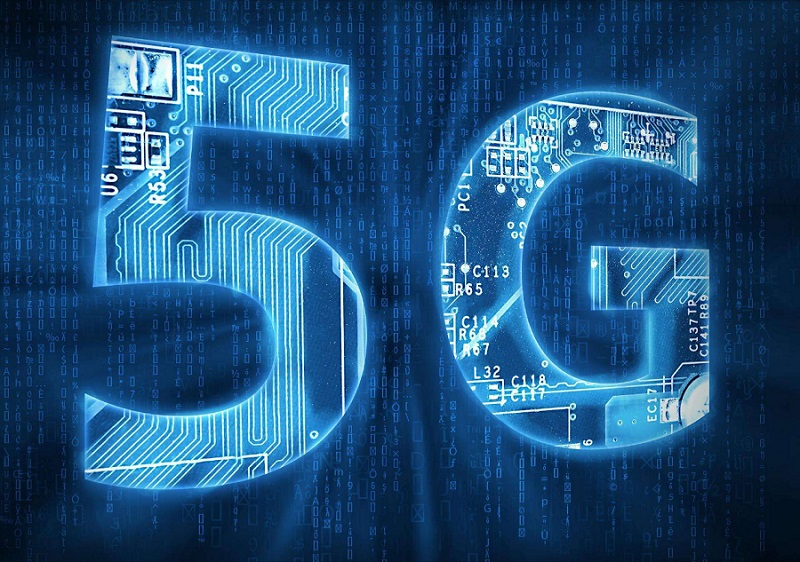Mobile communications usher in a technological upgrade every ten years. With its advantages such as high speed, low latency, and large connections, 5G provides a direction for the development of a new generation of information technology and has become the core driving force for the transformation of the digital economy. The International Telecommunications Union (ITU) has defined three major categories of 5G application scenarios, namely enhanced mobile broadband (eMBB), ultra-reliable low-latency communications (uRLLC) and massive machine-type communications (mMTC).
In July 2020, 3GPP announced the freezing of the 5G R16 standard, which is also the second-generation 5G standard specification it released. Compared with the previous generation R15 standard, the R16 standard achieves comprehensive coverage of the three major 5G application scenarios and provides a complete theoretical basis for the commercial use of 5G.
The initial stage of 5G commercialization focuses on the consumer side. Most mobile phones currently on the market are already equipped with 5G-related functions, but in fact many consumers say that the increase in user experience brought by 5G is not as expected. Professionals have pointed out that the advantages of 5G in “To B”, manufacturing, industry and other fields have not yet been clearly reflected.

In the industrial and manufacturing fields, 5G only serves the function of data transmission and does not really play a role. At present, 5G is still in the “road construction stage”, and the freezing of the R16 standard has truly entered a period of rapid development for 5G. 5G has begun to evolve towards the Internet of Everything, penetrating into industrial manufacturing, autonomous driving, medical care, smart transportation and the entire industrial IoT field, eventually forming a complete 5G ecosystem.
What does the 5G R16 standard mean?
As mentioned above, 5G technical standards are constantly evolving and currently cover three versions: R15, R16, and R17. Among them, as the second stage of the 5G standard, the R16 standard, on the basis of compatibility with the previous generation, introduces technologies such as enhanced multi-antenna transmission, cellular positioning, and carrier aggregation to further enhance mobile broadband scenarios.
The R16 standard adopts a two-step random access mechanism, 5G NR integrates wireless access and backhaul, and is suitable for 5G millimeter wave transmission. It can replace optical fiber with wireless backhaul, reducing deployment difficulty and cost. At the same time, this standard enhances dual connectivity and carrier aggregation functions, beam management and CSI feedback, greatly increasing the rate and improving link reliability.
In addition to enhanced 5G functions, the R16 standard continues to expand to vertical industries, supports the integration of 5G and TSN networks, improves uRLLC and mMTC features, can flexibly manage terminal groups, achieves end-to-end latency within 5 milliseconds, and provides industrial-grade Time sensitive etc. These technologies will be a new starting point for the vigorous development of 5G, accelerating the implementation of 5G in the Internet of Things fields such as industry, automobiles, and energy.
The three major features of 5G comprehensively expand the application scenarios of the Internet of Things and promote the cross-application of multiple emerging technologies in different application fields. The R16 standard enhances 5G functions, better supports vertical industry applications, and gives birth to new digital ecological industries.
A new starting point for the Industrial Internet of Things
To a large extent, 5G is built for the Internet of Everything, and “low latency and high reliability” are the core and key of the R16 technical standard. For fields such as industrial manufacturing and smart grids, the accuracy requirements for time synchronization are very high. For machines, to implement a complete set of processes, delay and reliability are very important in the entire control logic loop. To solve such technical difficulties, it is necessary to reduce the transmission delay and ensure stable delay and reliable operation in the industrial manufacturing process.
The second is the collaboration requirements for networked equipment in the factory workshop. The time bases and references of different equipment must ensure high accuracy and consistency in order to realize the coordinated and orderly production activities of the entire smart factory. This is the importance of R16’s “high-precision timing” .
When enterprises deploy internal factory networks, 5G virtual private networks can improve the security and effectiveness of network deployment by moving the original public network deployment method down, significantly reducing enterprise network deployment and maintenance costs, and increasing network deployment speed.
Build a 5G ecosystem
The implementation of 5G applications cannot be done by one company from beginning to end, from chips to modules, to boards, and finally to the complete machine, as well as the cooperation between the complete machine and the network. This requires the cooperation of the entire industry chain.
In the process of building a 5G ecosystem, the chip side is the core of the IoT-integrated terminal. From the operator’s perspective, “network softwareization, software hardwareization, and hardware chipization” are strategic measures to promote the 5G industrial IoT ecosystem.
Parole chiave: network IO controller